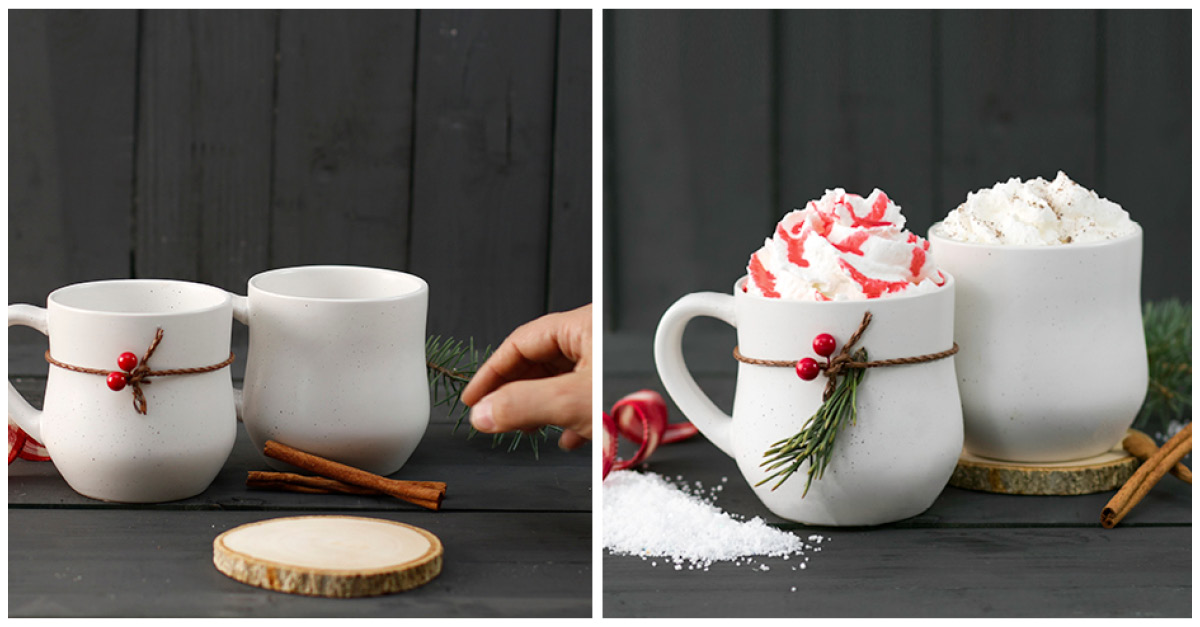Food, Glorious Food!
I’m most certainly dating myself with this reference to the song by that name from the 1960s Broadway musical “Oliver,” but it perfectly captures the reaction and sentiment current and prospective customers feel when they see custom photography for the food and beverage industry done right.
While any industry can reap dramatic returns from the magic of custom photography, you could argue that the food industry benefits more than any other. That’s because, as the saying goes, “We eat with our eyes.” Food presentation, or “plating,” has a long and rich history dating back to the Roman empire and spanning the globe.
The Science Behind “We eat with our eyes”
There’s serious science behind food presentation, with studies showing that food photography builds anticipation and causes visceral cravings in ways that actually increase overall enjoyment of food. People react to different design aesthetics such as color, composition and the use of positive and negative space. Japanese culture has taken the art and science of presentation to new levels and invented a $90 million fake food industry (see sidebar).
Boost Recall
While most people remember just 10 percent of what they read in text form, pairing that same text with a compelling photo boosts retention to 65 percent. In the social media context, adding images to content results in 94 percent more views. One study on online restaurant ordering showed that those that switched from text- to photo-based menus increased conversion rates by 25 percent.
So what can custom photography do for your food industry business? Everything. You’ll stand apart from the competition and build a reputation for the quality of your food and the way you present it. These days, any foodie with a smart phone is a food pornographer. But custom photography takes it to another level, capturing the full range of appeal for consumers.
Without going into detail on specific tips and tricks for great food photos that we’ve covered elsewhere, aim for stylized photos that demonstrate your food in its best light to help customers envision consuming the product in their own daily life. Even basic food product photos present an opportunity to inform consumers about the quality ingredients and brand packaging of your offerings. Include action shots that tell the full story about how the ingredients are sourced and who is making the product.

Bang for the buck
Quality custom photography is a sound investment that pays dividends for any business in the food industry. Images speak a universal language that a thousand words can’t come close to capturing. They instantly galvanize attention and interest and appeal across demographics.
If you’re launching or reestablishing a food-related business, a quarterly custom photography session can put a stake in the ground for your business in ways no other marketing effort can match. Many businesses tie those sessions to seasonal offerings. First of all, you’re going to make an amazing first impression and generate buzz about your delicious offerings. But more than that, you are laying down the foundation of your brand, telling the story of your business visually and building credibility.
One caveat about that first impression: it doesn’t matter how good your food photography is if you don’t deliver on the second impression, when the customer arrives at your door to satisfy the craving you’ve created. Nothing kills branding and credibility more quickly than disappointment. The assumption is that you got the food right first.
Extend the cravings through social & SEO
Once you’ve made that impactful first impression with stunning photos of your food, you need to get them on the street through your website, email campaigns, print ads and online listings and review sites. Follow that up with social media and SEO work to build on the momentum you’ve created to further extend your reach.
Before Photography
In Japan, hyper-realistic food samples, or “sampuru,” are handcrafted by skilled artisans and displayed in restaurant windows, movies and souvenir shops. They were first used by restaurants in the days before color photography as a way to show consumers what items were available on hand. What began as a simple way to display a menu visually, launched a fake food industry worth approximately $90 million. Check out these photos… see, made you hungry and these food photos depict inedible plastic!







